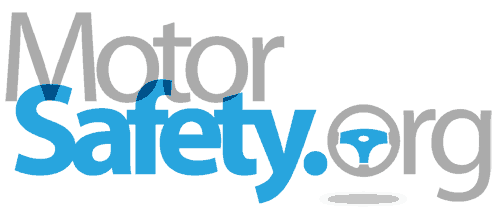Washington, D.C. – May 21, 2023 – The U.S. government’s auto safety regulator is examining a request to recall all Teslas currently on the road to add an allegedly missing safety feature to prevent drivers from accidentally accelerating while parking. Doing so increases the risk of a crash.
This is the second petition of its kind. If it leads to a recall, it could affect over 1.6 million vehicles.
The list includes:
- 2017 – 2023 Tesla Model 3
- 2013 – 2023 Tesla Model S
- 2013 – 2023 Tesla Model X
- 2013 – 2023 Tesla Model Y
Petition summary
On April 7, 2023, the regulator, the National Highway Traffic Safety Administration (NHTSA), started examining a petition submitted by Greek engineer Costas Lakafossis.
The petition alleges that Teslas have an “increased likelihood” of the so-called sudden unintended acceleration events (SUAs) – which is when the driver hits gas instead of brake – because they are programmed to brake automatically and allow the driver to shift into Reverse without application of the brake pedal.
The feature – which Lakafossis calls a “dangerous ‘party trick'” – may confuse the driver and should be eliminated, according to the petition. Instead, all Teslas should be fitted with a brake shift mechanism.
What is a brake shift mechanism?
The brake shift interlock mechanism is software or a device that prevents the car from shifting into Drive or Reverse until the driver presses the brake pedal. It was first introduced in the 1980s as a safety feature. It proved successful at preventing accidents caused by sudden and unintended acceleration and became mandatory on all new cars in 2010.
The petitioner argues that there is no reason why Teslas should be allowed to not have this essential safety feature.
Previous investigation points to driver error
To back up his claims, Lakafossis points to a previous NHTSA investigation on the back of another petition. In that case, the petitioner alleged that Teslas had an unidentified “defect” that caused them to suddenly accelerate. However, upon analyzing close to 250 crashes the previous petitioner attributed to the defect, NHTSA found that the majority of them were caused not a technical fault but by “pedal misapplication” by the driver.
Other Tesla recalls and investigations
Tesla is currently subject to another NHTSA investigation over multiple incidents of their cars colliding with first responder vehicles stationed at a scene of pre-existing crashes. The investigation was upgraded to the engineering analysis in summer of last year after discovery of additional crashes, as reported.
The most recent large-scale Tesla recall occurred in February 2023 when the manufacturer recalled over 350,000 cars that were prone to breaking traffic rules when in the self-driving mode, also as reported.
Is your vehicle part of a recall?
If this petition results in a Tesla brake interlock recall, it could affect more than 1.5 million vehicles. To do a Tesla recall check, please use MotorSafety’s free vehicle lookup tool.
